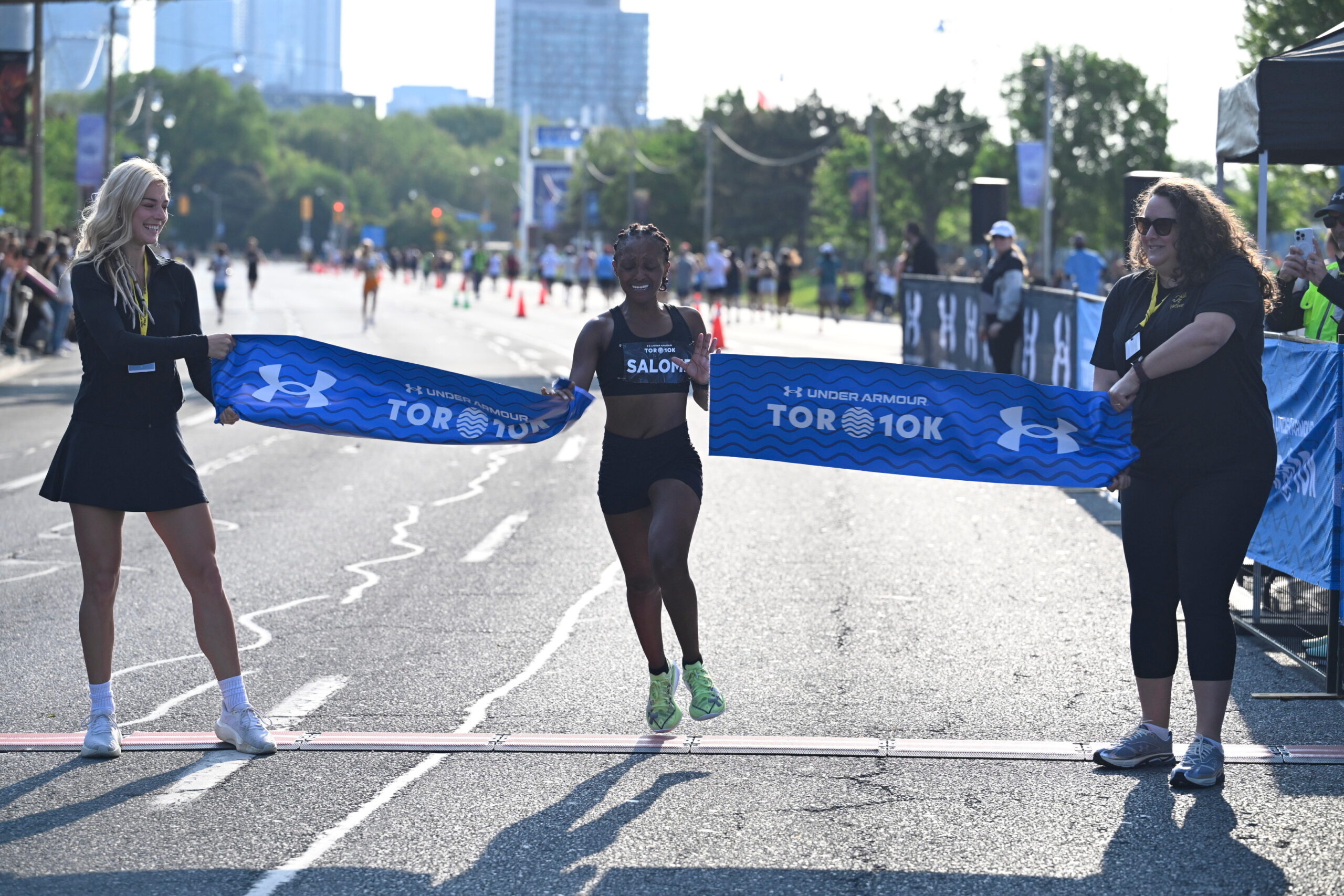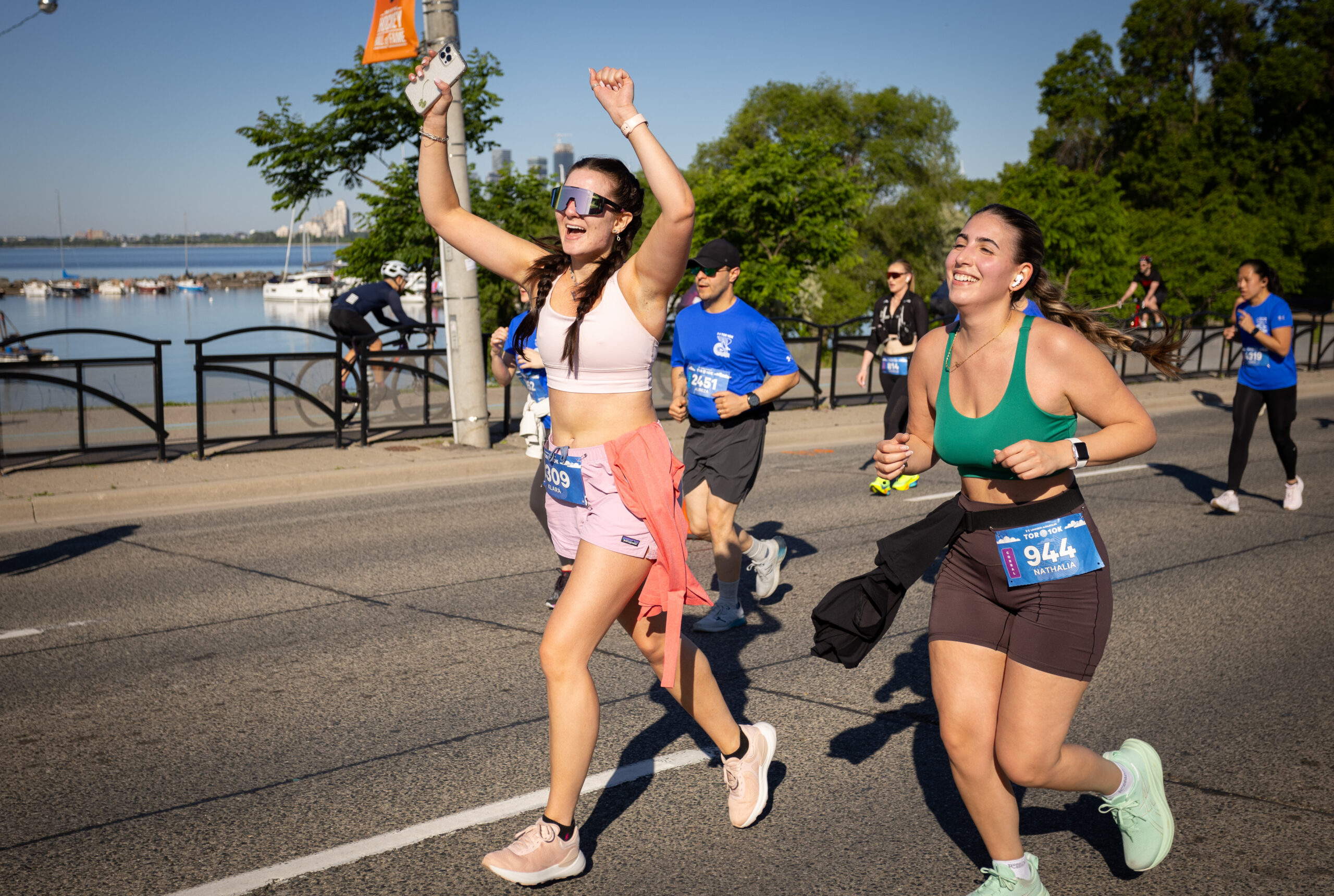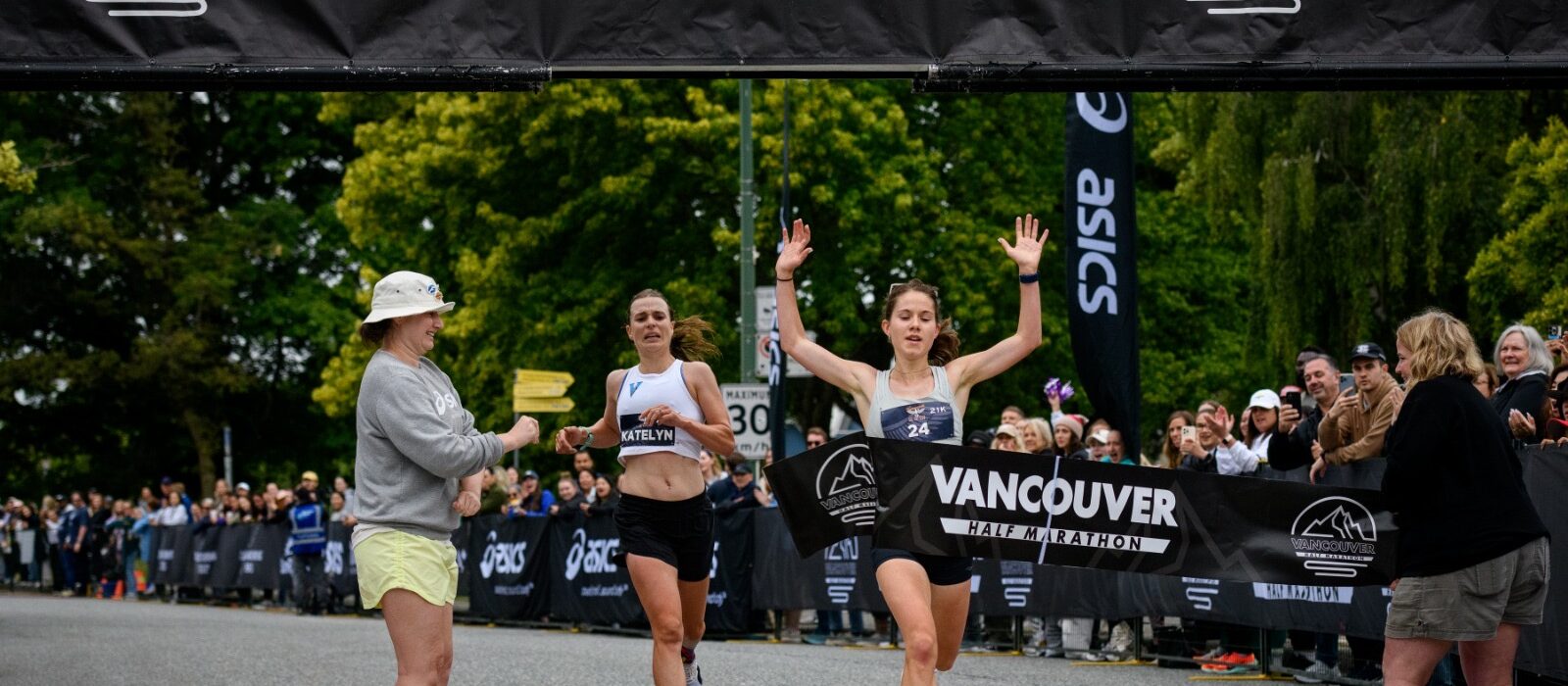
May 23, 2016 – by Rob Watson
Elite athlete Rob Watson has raced the Scotiabank Vancouver Half-Marathon a number of times and has trained on every square inch of the course countless times, so we asked him for a play-by-play of the race course and tips for Race Day.
Vancouver has some truly wonderful races, but if you ask me, I’d say that the Scotiabank Half-Marathon is the best one going. Why would I say that? Well for many reasons, but for today I am going to focus on just one very specific, very awesome reason; the course. This race has the most spectacular course around. It offers up a beautiful tour of our incredible city. From UBC, all the way to Stanley Park, this course showcases many of the best parts of Vancouver. If you are properly trained and ready for the intricacies of the course it can be very fast. I’ll take you through the race and give you a few tips on how to make sure you are ready to roll come June 26th.
Ok, let’s get started. Firstly, when the gun sounds, get going! The first couple km are quick fast – take advantage. Obviously you don’t want to go off sprinting like a crazy person, that’d be unwise, but don’t be afraid to let the legs stretch out a bit. If you are 5-10sec faster than goal pace do not stress, that’s just how the first few km’s rolls.
Settle in and try to find your rhythm during the rest of your time up at UBC, there are some gradual ups and downs, but nothing too gnarly. Settle in and relax.
Coming down off UBC we have ourselves a big ass downhill. This can be awesome, but it can also be tricky. Be careful here folks, running downhill is a great way to open up the stride and gain some time, but if you are overeager you risk putting junk in your legs. The pounding from that downhill mile can beat you up a bit. Two tips; 1) Practice running downhill. Get the body used to that pounding. 2) Come race day be patient and run light going down this hill. Let gravity do the work and save the legs for when you really need them (hint; we have a bridge to deal with at 18km).
So now you are at the bottom of the downhill. Hopefully you enjoyed the amazing views and the smooth ride on the way down. Now we are at Spanish banks and about 10km into the race. Use this time to settle back into rhythm. It will probably feel a bit funny at first as you change your stride back to a flat running gait. Don’t panic, the next 3km are pancake flat, plenty of time to get things sorted. You’ll be fine.
At 13km there is a little climb. Not gonna lie, it stings. The good news is that it is short-300m(ish), and when you get to the top there is a nice 1km downhill. That’s one of the good things about this course, after every uphill there is a nice downhill to recover on right afterwards.
At 15km you will roll past LuLu Chip’s place. Run strong and look pretty, the crowds are great here and you are making your way home. Enjoy the sights and sounds as you run past Kits beach and into the Kits Point area.
Alright then. Let’s talk about this bridge. At 18km you are going to come around a corner and encounter the Burrard Street Bridge. This is an iconic Vancouver structure that connects Kitsilano to Downtown. It is also an uphill, and it will be uncomfortable. Just get yourself to the top! Use the crowds, look at the mountains and think about all the training you have done to get to this point. Remember that it is all worth it. Once you crest this badboy it is all downhill to the finish.
After the bridge life is good. The crowds are rowdy, the course is downhill and you are so dang close to that finish. It is truly a wonderful feeling to run into Stanley Park to cross that finish line. Stanley Park is the jewel of Vancouver and boy does she look good after 21km of hard running. Cross the line, do a little dance and then drink a beer – you will have earned it.
Good luck folks.
Want to join Rob on June 26? Sign up today at VancouverHalf.com and remember that prices go up on June 1st, so register today to save!
For more details on the course, check out the map, elevation profile, and course description.









